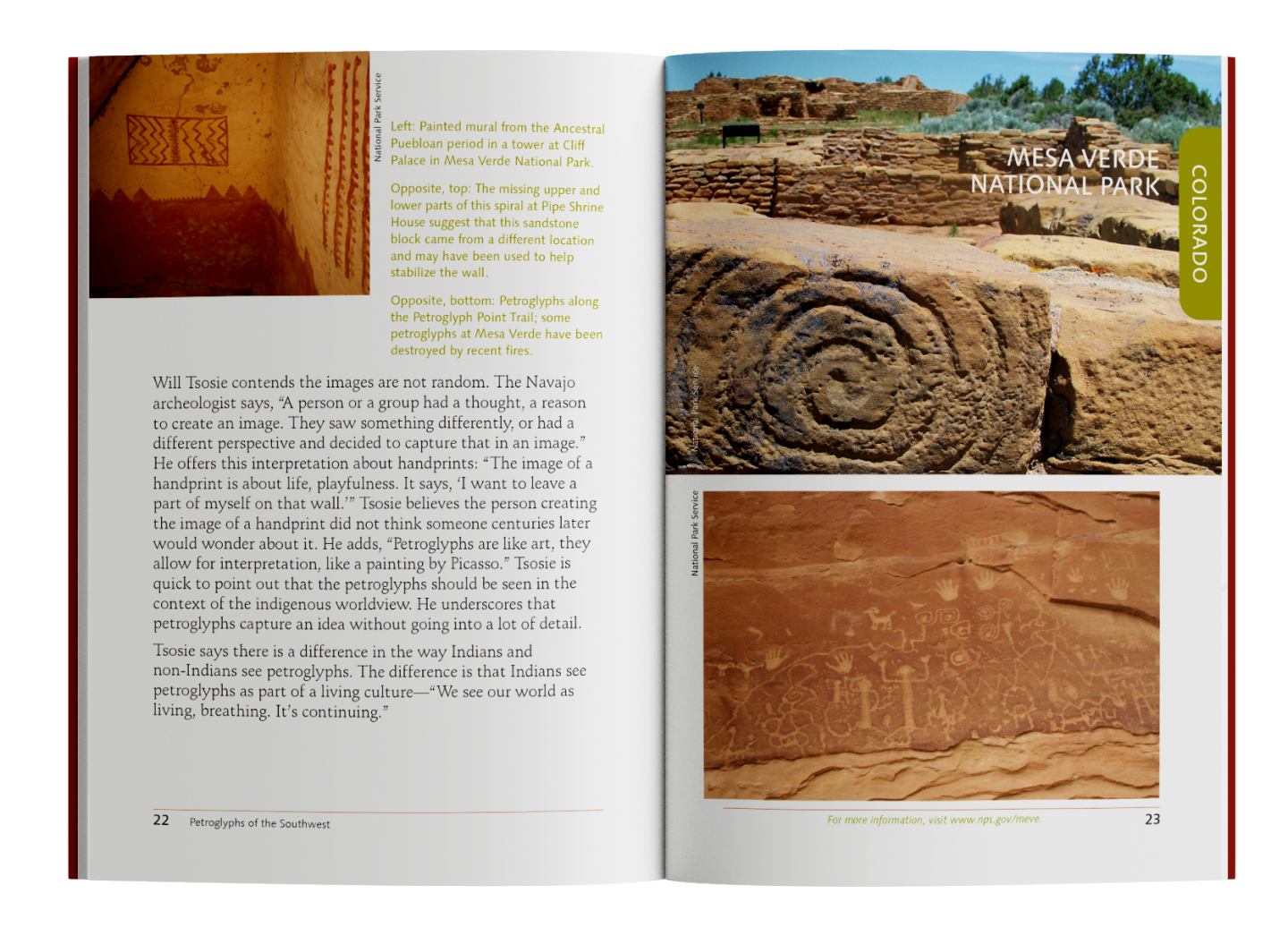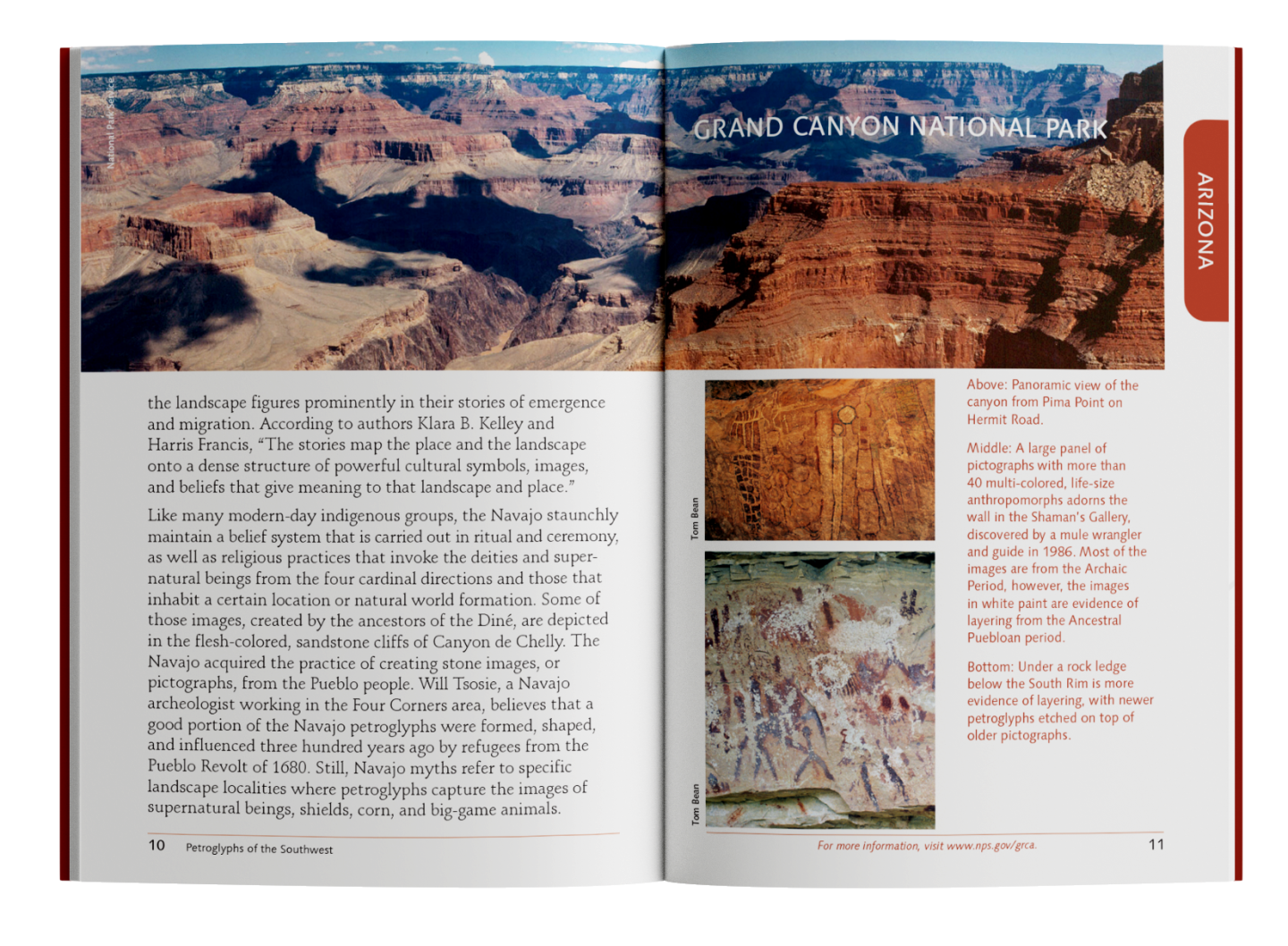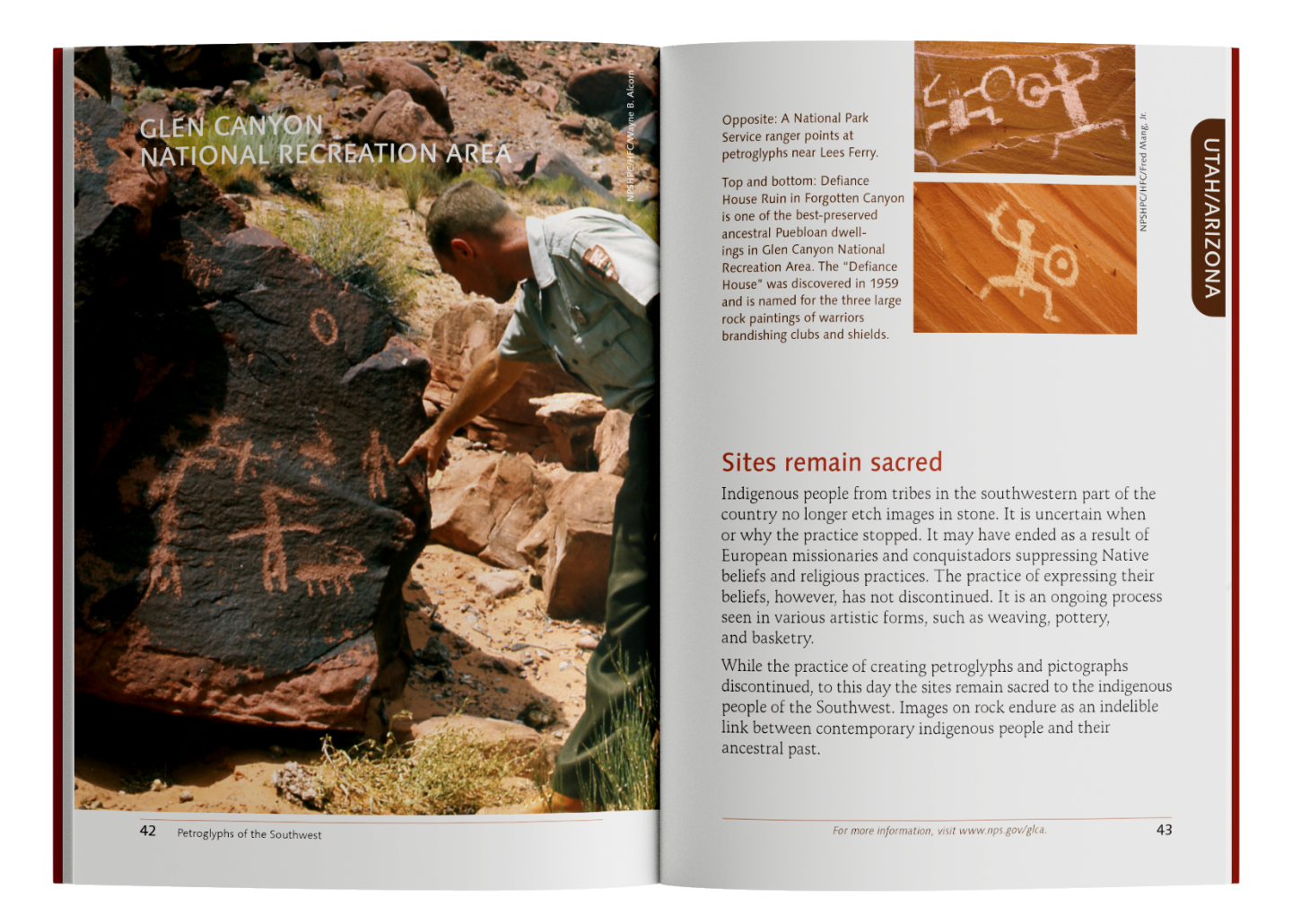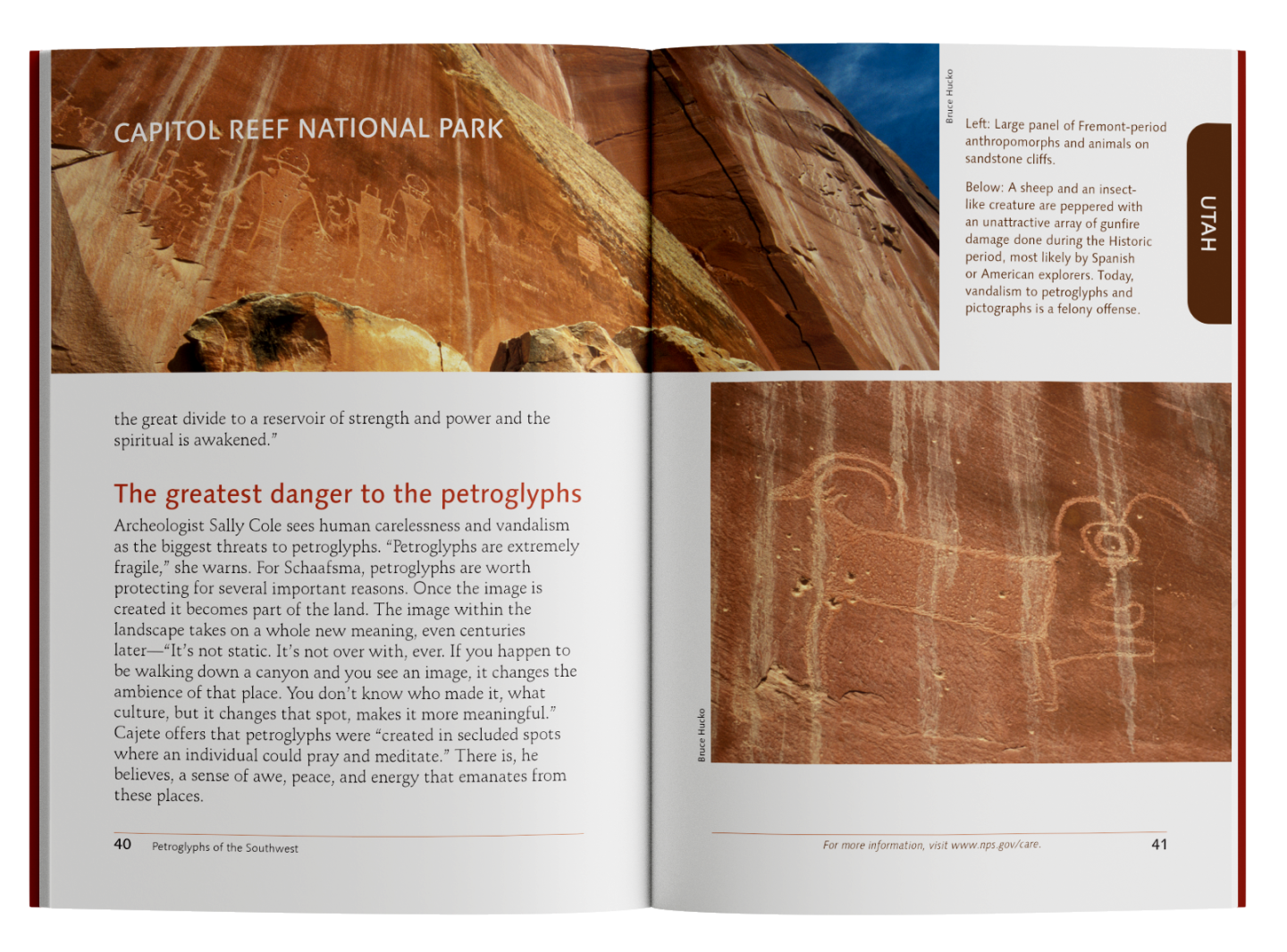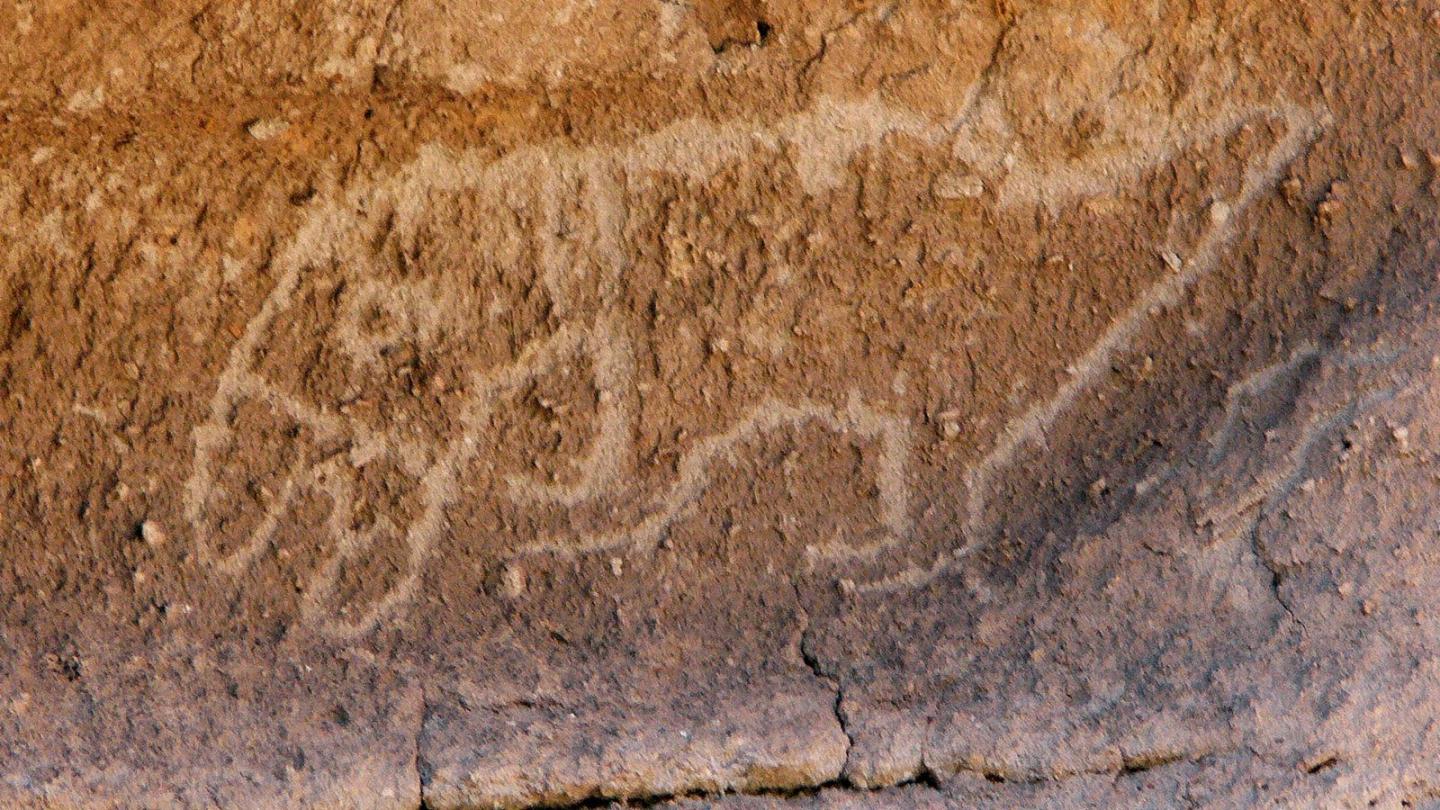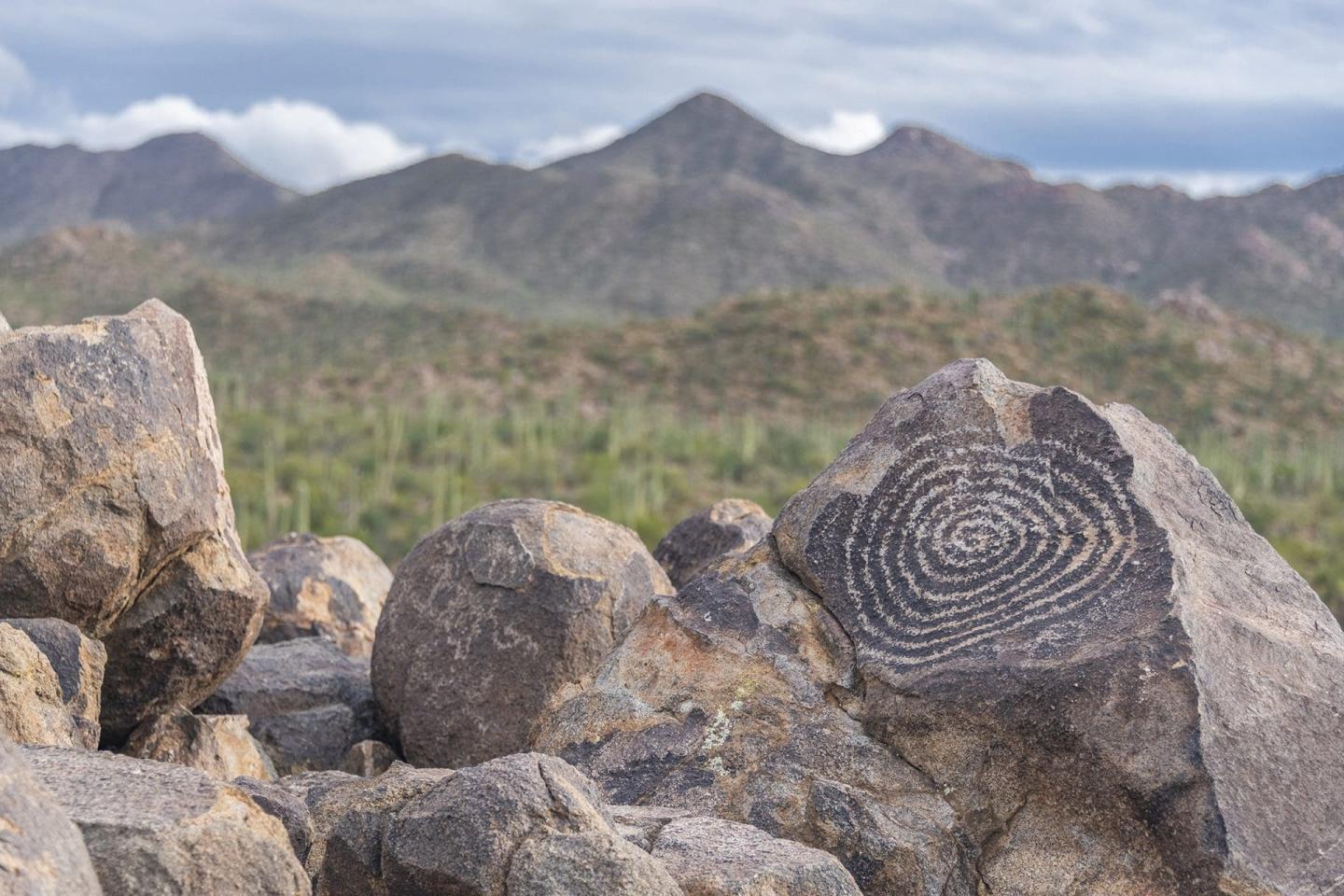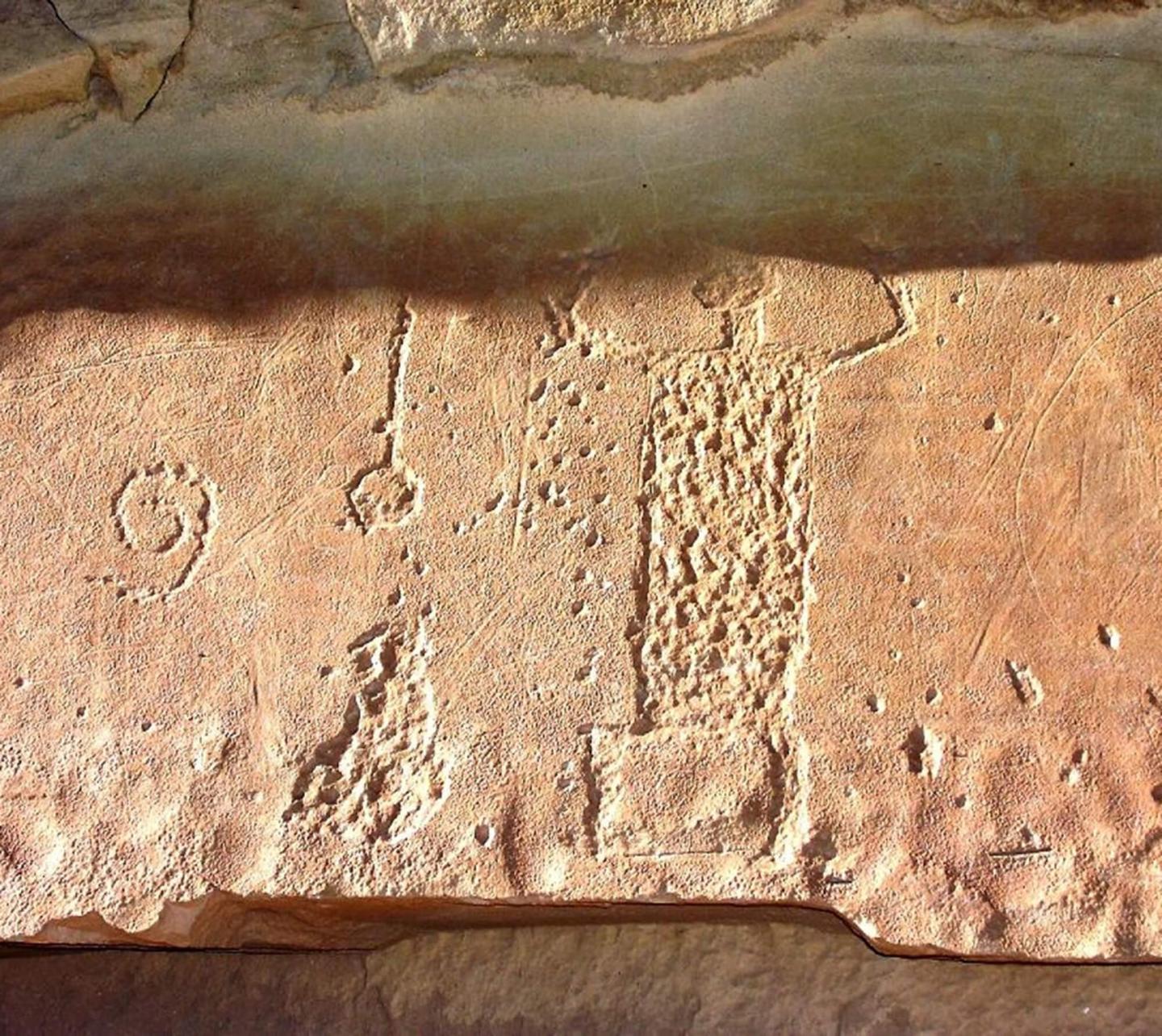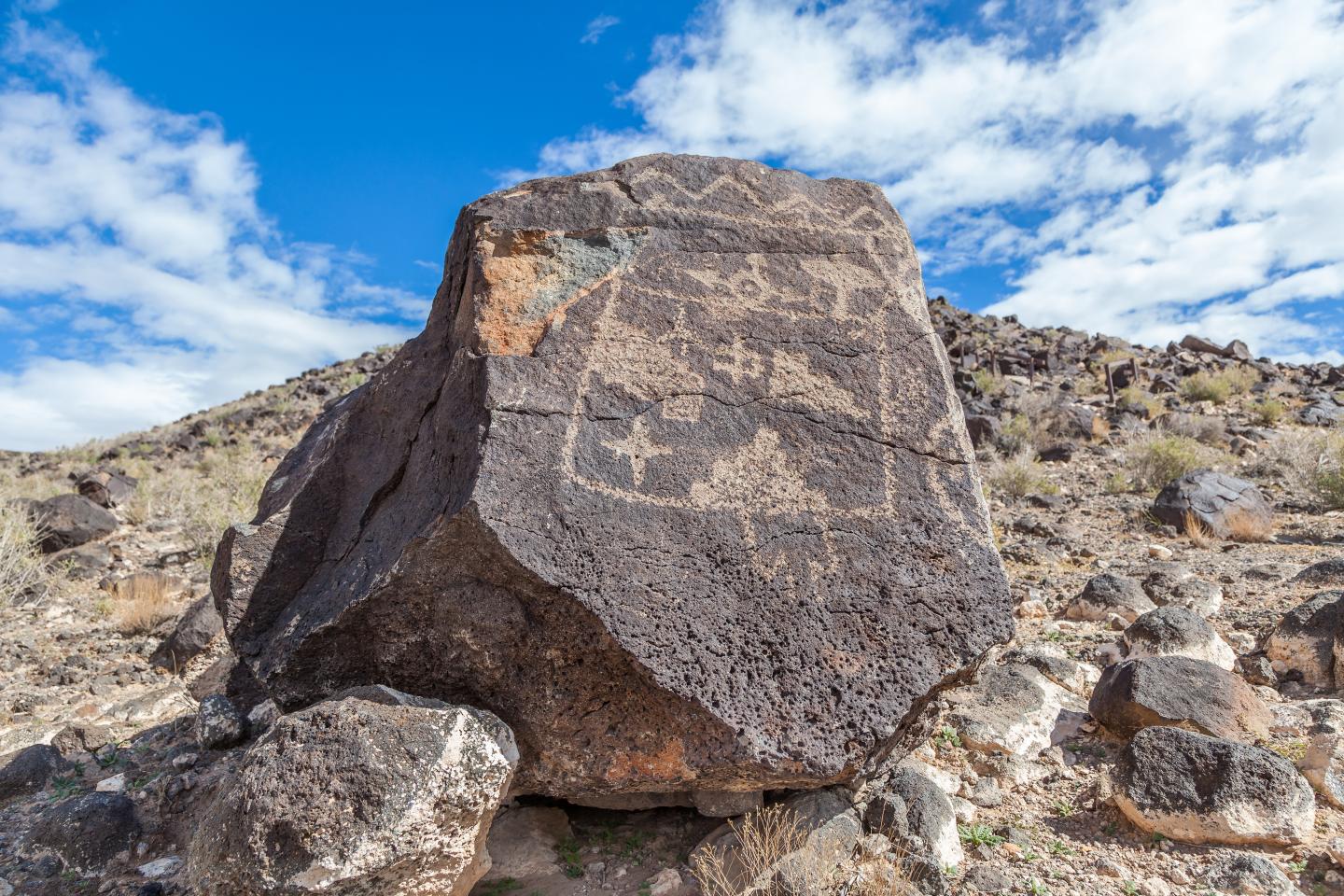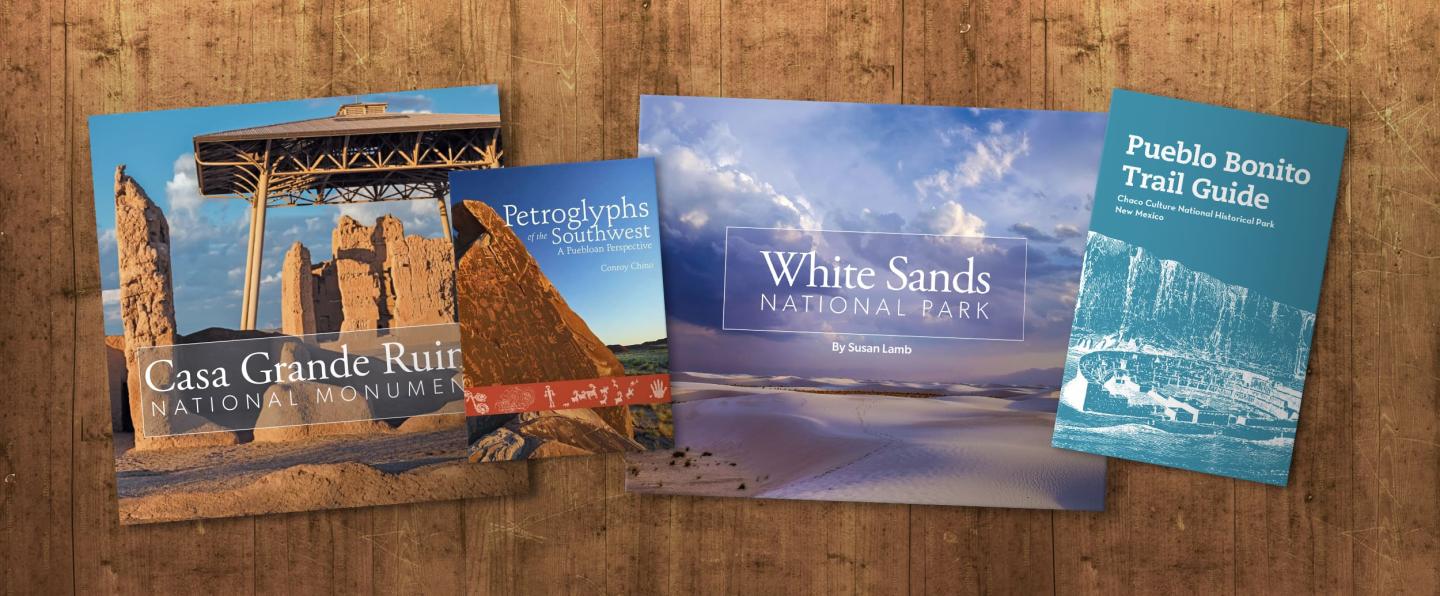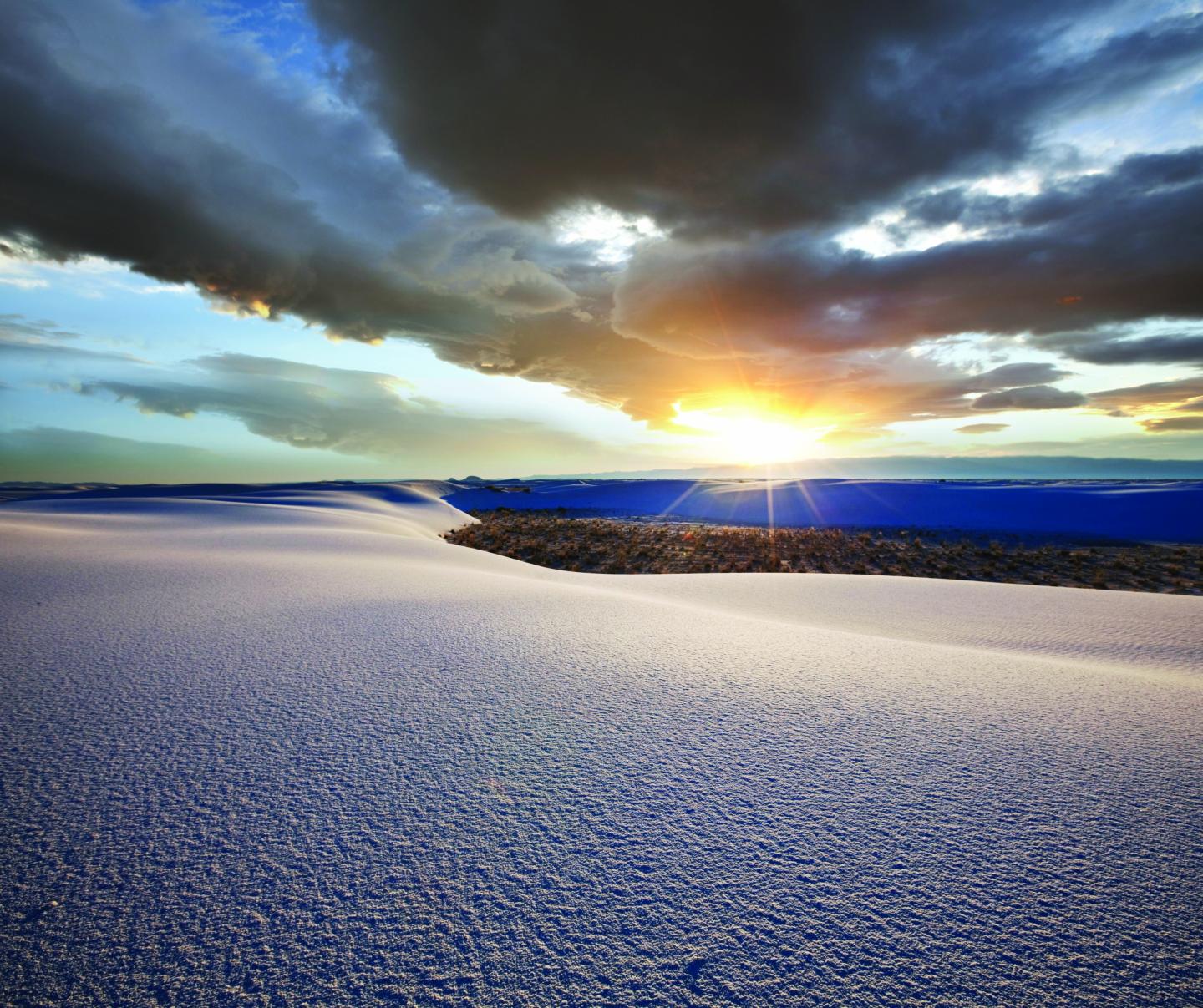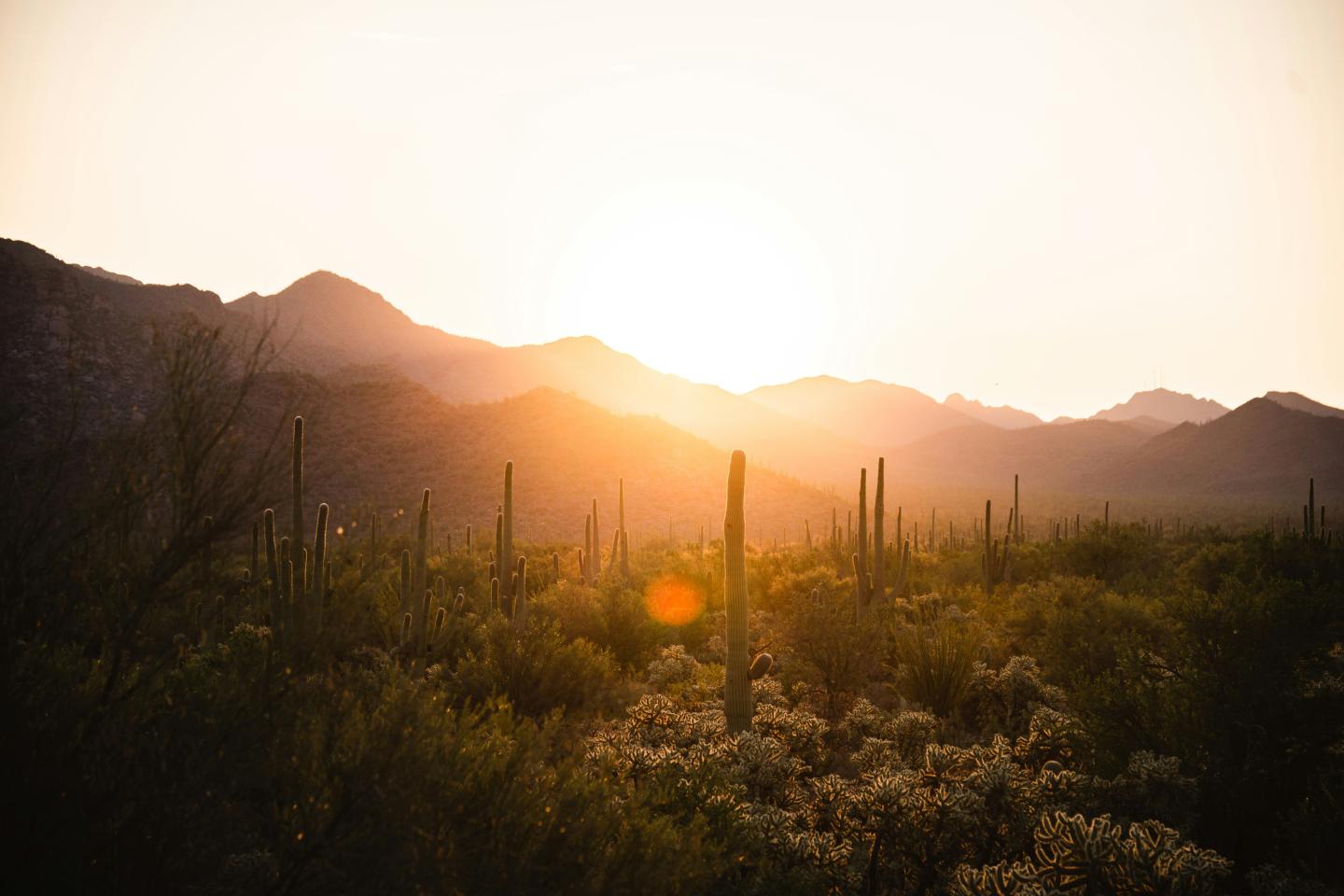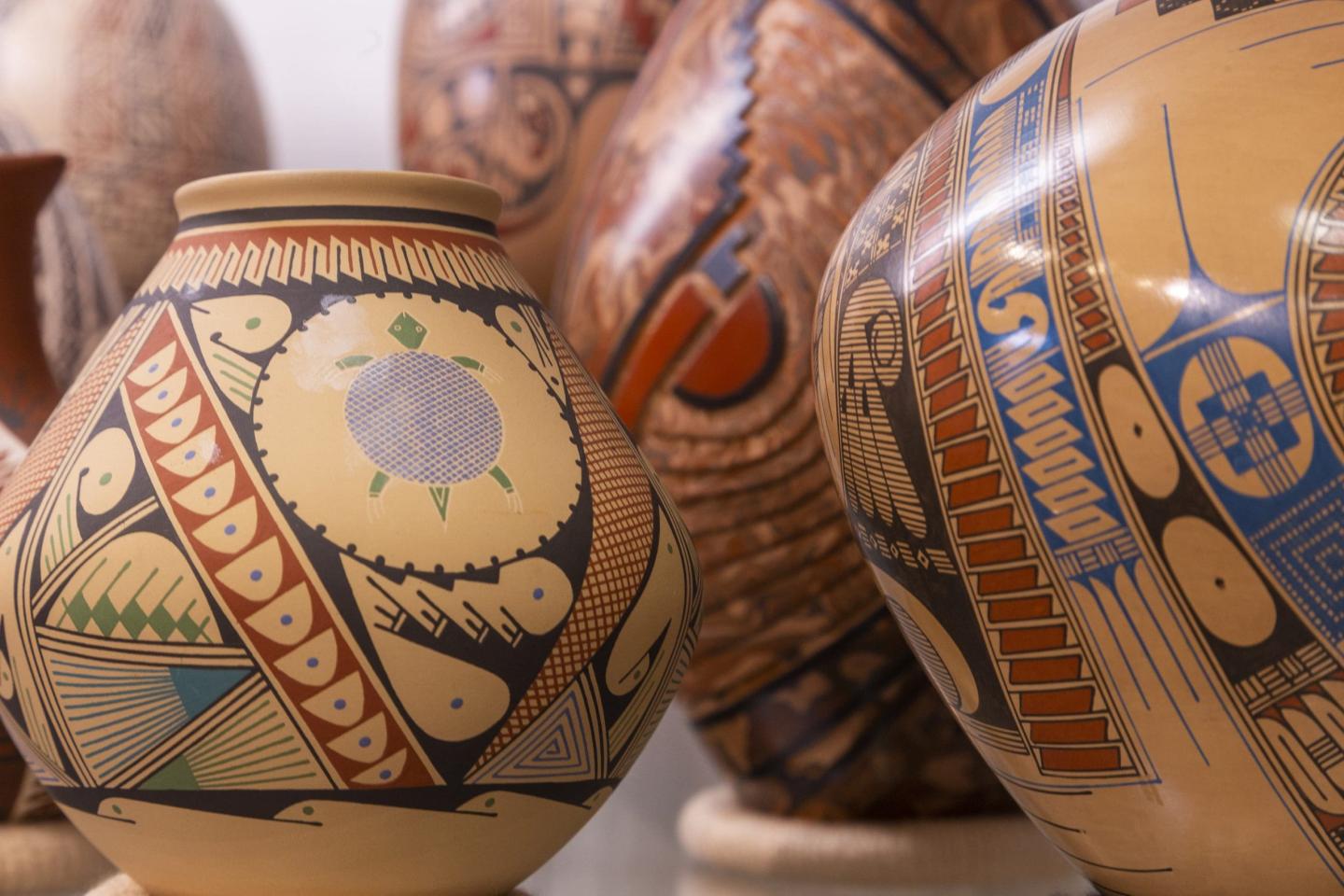
Petroglyphs of the Southwest: A Puebloan Perspective by Conroy Chino
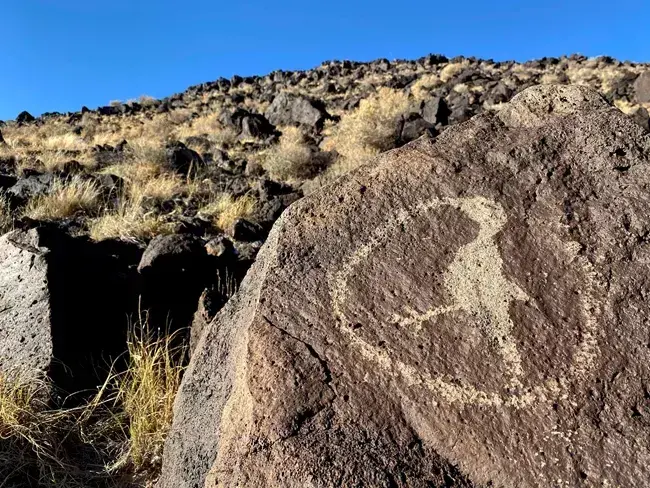
WNP Books Spotlight
From the walls of deep canyons to windswept plateaus, the Southwest is home to hundreds of thousands of petroglyphs and pictographs—ancient images carved and painted onto stone by generations of Indigenous peoples. These symbols aren’t just evidence of the past—they’re a living part of ongoing Native culture, spirituality, and identity.
In Petroglyphs of the Southwest, author and Acoma Pueblo journalist Conroy Chino offers an Indigenous perspective on these powerful images, sharing insights into their meaning, creation, and continued significance.
Descendants of those who created the carvings in stone still live in the Southwest. Their history, philosophy, religious beliefs, and culture remain deeply connected to the depictions on rock faces of deities, rainfall, masked beings, birds, reptiles, and other symbolic figures. To Chino, the petroglyphs and pictographs endure as a testament to a people whose spirituality and worldview are forever set in stone.
A pocket-sized guide to powerful places
Whether you're planning a road trip through the Four Corners region or deepening your understanding of Native cultures, this award-winning book is the perfect companion. It features 21 petroglyph and pictograph sites across Arizona, New Mexico, Utah, and Colorado, including:
- Grand Canyon National Park
- Mesa Verde National Park
- Arches and Capitol Reef National Parks
- And many more
Each site profile explores the symbols carved into canyon walls and basalt boulders—images of masked beings, deities, birds, reptiles, rainfall, and sacred ceremonies, among others—and discusses how they relate to the philosophies and belief systems of the people who created them.
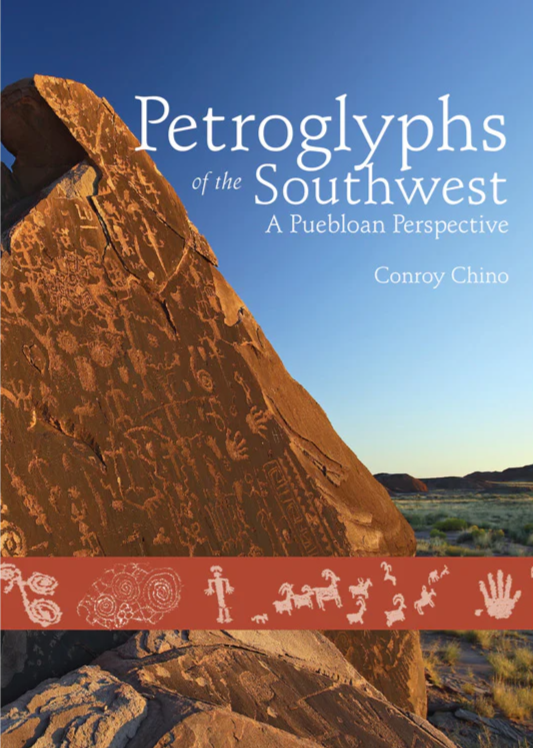
About the author
Conroy Chino brings a deep, personal connection to the subject. Raised at the Pueblo of Acoma in western New Mexico, Chino speaks Keresan, a Puebloan language. He serves in a traditional Puebloan leadership role and heads ChinoWorks, a consulting company advocating and lobbying on behalf of tribes in New Mexico. He earned a Bachelor of Arts in English from the University of New Mexico, did graduate work at Princeton University, and completed one year at Harvard University on a Nieman Foundation journalism fellowship. From 2002 to 2006, he served as New Mexico’s Secretary of Labor, following a 25-year career in broadcast journalism in Albuquerque, New Mexico, and Los Angeles.
Skilled at interviewing, storytelling, script writing, and producing stories for television, Conroy has won numerous awards, including an Emmy and the National Investigative Reporters & Editors Award. He has created and produced award-winning, feature-length PBS documentaries, including Surviving Columbus: The Story of the Pueblo People.
Through Chino’s voice, readers are reminded that these petroglyphs and pictographs aren’t just historical—they are sacred, living entities that still guide and connect Native peoples today.
Why these images matter now
“The images on rock are a connection, a pathway that links Indigenous people to their ancestral past and to the supernatural world of deities, beings, and other spiritual dimensions.” -Conroy Chino, Petroglyphs of the Southwest
In addition to highlighting meaning and history, Petroglyphs of the Southwest also discusses the threats to these irreplaceable cultural sites—from vandalism and erosion to the encroachment of modern development. The book serves as both an educational resource and a respectful call to preserve and protect.
Beautifully designed (winner of the PubWest Design Award) and easy to tuck into a backpack or glovebox, this book is ideal for:
- National park visitors interested in petroglyphs and pictographs
- Travelers and community members who want to learn more about Native American heritage sites
- Educators and students studying Southwest cultures and history
- Anyone seeking a more meaningful connection with the landscapes of the Southwest
Travel deeper
With Petroglyphs of the Southwest, you can form a deeper understanding of the cultures, beliefs, and enduring presence of Indigenous people in the American Southwest.
Explore respectfully. Learn intentionally. Connect meaningfully.



